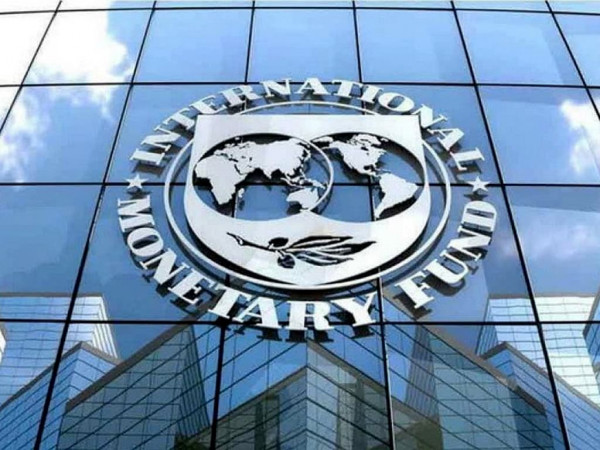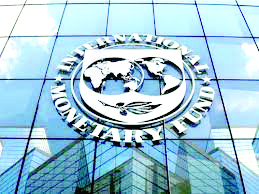Kenyans face more pain as IMF warns of global recession

Kenya could be staring at possible severe and exogenous economic shocks beyond 2022, if the latest global growth forecast by the International Monetary Fund (IMF) is anything to go by.
The international financial institution on Tuesday slashed the global growth forecast for 2022 to 3.2 per cent, down by 0.4 percentage point from the April projection.
In its latest global growth review, the lender cited Russia’s invasion of Ukraine as the lingering concern whose impact has provoked a surge in food and fuel prices since the war broke out in February. Those concerns now threaten the country’s fiscal outlook, with the latest revision coming at a time several shocks have hit the world economy now weakened by Covid-19.
“The global economy is facing an increasingly gloomy and uncertain outlook,” IMF chief economist Pierre-Olivier Gourinchas (pictured) told a virtual press conference, adding that many of the downside risks flagged in the IMF’s April World Economic Outlook (WEO) have begun to materialise.
Central Bank of Kenya (CBK) is expected to increase its base lending rate by a further 0.5 per cent to cushion the economy from roaring inflation, according to economists at ICEA Asset Management which made the predictions ahead of the regulator’s Monetary Policy Meeting (MPC).
Interest rate regime
The move signals an even higher interest rate regime, barely three months after a similar review by the CBK monetary committee was done in May. “In line with the trend internationally, the MPC is expected to further raise the Central Bank Rate by 0.5-1 per cent during its meeting later in July,” offered ICEA’s George Kamau, a Senior Portfolio Manager at the firm in an interview with Business Hub on Monday. Such controls often include an upward review of a country’s base lending rate to cushion the country from economic corrosion even though such a move impacts traders. The CBK – who is the country’s banking sector regulator, sets a base rate or base interest rate which it then charges to commercial banks for loans.















